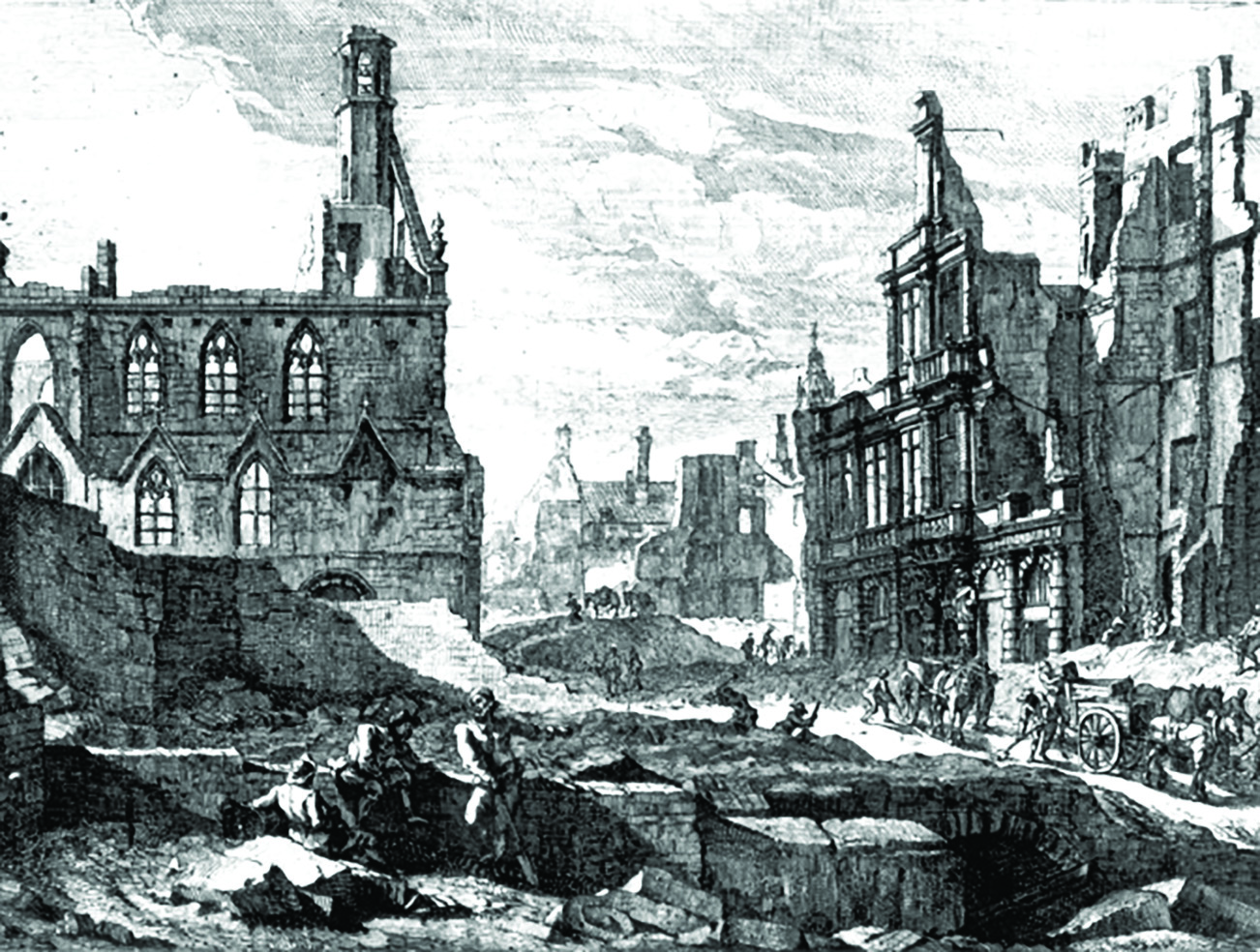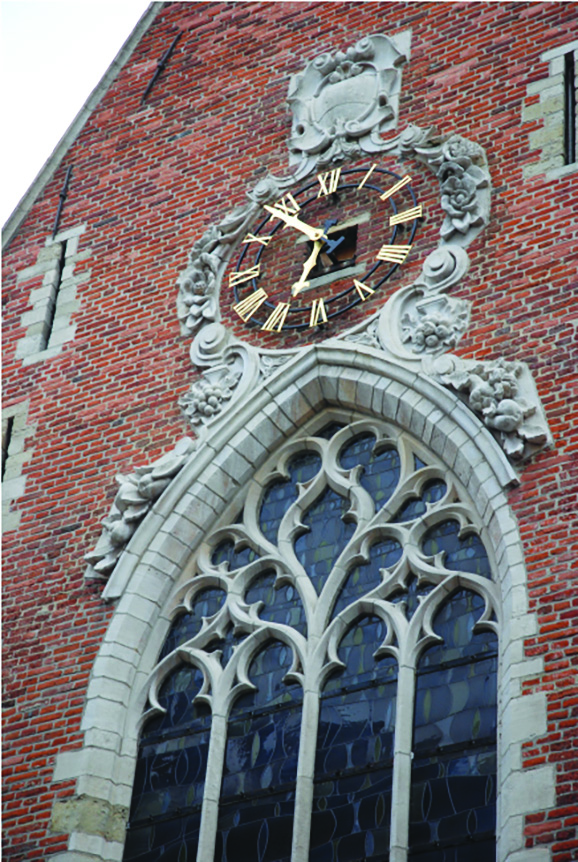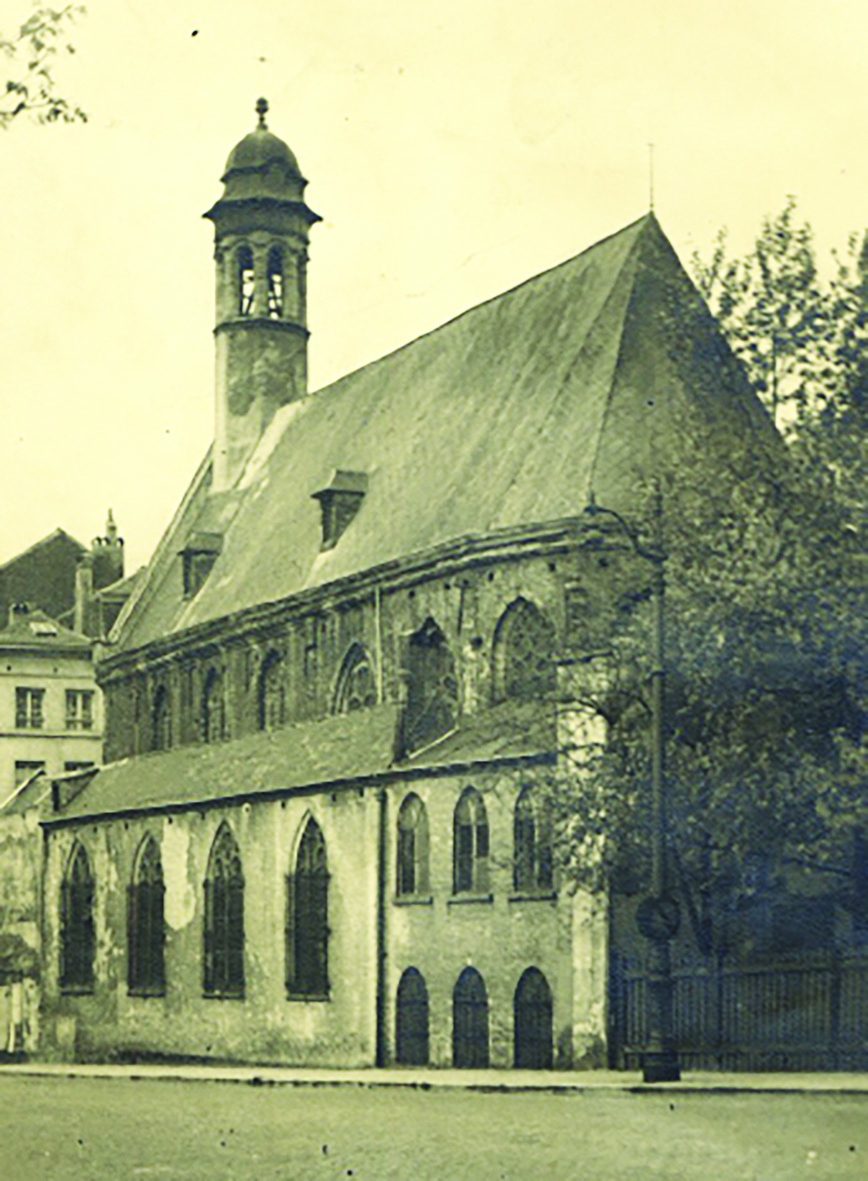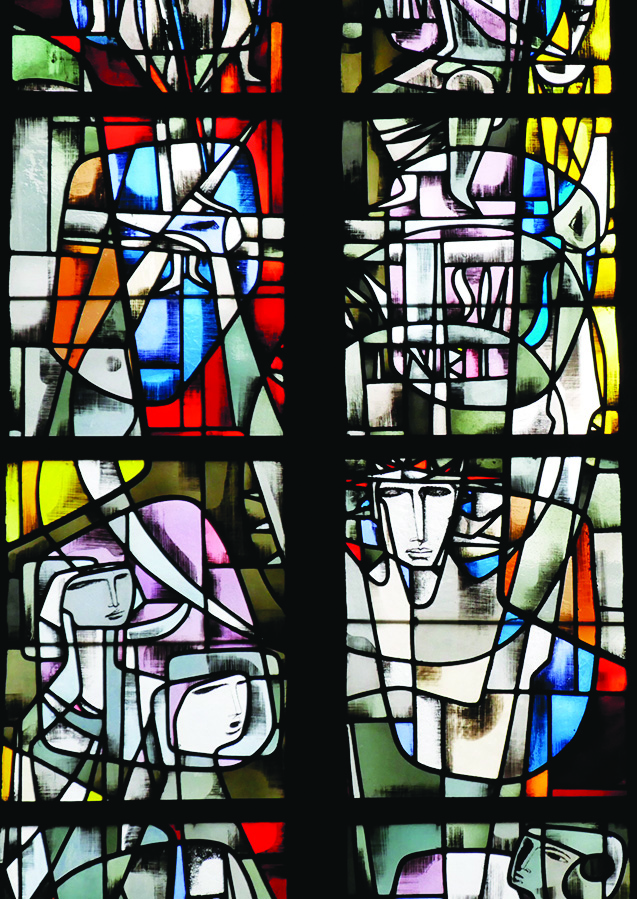Saint Mary Magdalene’s Church
Saint Mary Magdalene’s Church
The foundation of this sanctuary dedicated to Saint Mary Magdalene dates back to the thirteenth century, with the arrival of the Brothers of Mercy, also known as Saccite or Sachet Brothers, a congregation of the Franciscan family responsible for the evangelization of cities. Since then, the sanctuary evolved to become, by the end of the fifteenth century, a chapel in Gothic style.

During the sixteenth and seventeenth centuries, the history of Brussels was marked by numerous political conflicts with religious implications. Madeleine was not spared. On August 13, 1695, the church was hit by the bombardment orchestrated by the troops of the Marshal of France Villeroy, which targeted the center of Brussels. The town hall was spared, but not the various nearby guild houses. Brussels was quickly rebuilt, which is why we now have this splendid Grand-Place. The church, however, was only partially restored, as it did not have the wealthy means of the merchants’ guilds.
At the end of the eighteenth century, it was the French Revolution that affected our regions. The political instability of the time also influenced the life of the Church. The chapel of Madeleine was sometimes closed to worship, sometimes reopened. In 1841, the Redemptorists resumed religious services at Madeleine and settled in an adjacent convent.
However, shortly before 1900, it was decided to establish a railway connection between the North and South stations. Madeleine was purchased, and the surrounding houses were expropriated for demolition. But the two world wars delayed the project. Meanwhile, in 1924, thanks to the arrival of the Assumptionist religious, religious worship could resume. In 1937, they established the devotion to Saint Rita, who was a nun from the same Augustinian family. They were also supported by faithful friends of Madeleine, who obtained the classification of the building as architectural heritage.

At the beginning of the 1950s, discussion resumed about the necessary construction of the railway junction and the Central Station. However, the project had slightly changed. The works were to be carried out at a higher level than initially planned, so the houses that had previously been expropriated might not have needed to be. Thus, the chapel was saved from outright demolition. But the building was in poor condition and required complete restoration to be preserved.
Three parties were involved: the Junction Office, owner of the chapel; the Monuments and Sites authority, which held the heritage protection decree; and the City of Brussels, which dreamed of broad avenues for automobile traffic and proposed relocating the building. The religious community had no say amid these authorities, yet they became valuable intermediaries.
Proposals for reconstruction failed to materialize. Finally, a restoration project was accepted, which had to incorporate the Baroque façade and a wall from the Sainte-Anne chapel, originally located a few steps from Madeleine. The restoration was entrusted to architect Simon Brigode. To restore the church to its original 15th-century appearance, he drew inspiration from engravings made after the 1695 bombardment.
On November 21, 1958, the restored church was inaugurated during a solemn celebration presided over by Monsignor J. Suenens.

The Assumptionist religious present in this church since 1924 took responsibility for renewing the interior furnishings and the stained glass windows of the church. Advised by Simon Brigode, they contacted Michel Martens, a master glazier from Bruges, to create the stained glass windows for the church’s choir. Communications proceeded smoothly, with the first contact dated September 9, 1957. The theme was decided fairly quickly: the history of salvation through the figure of Saint Mary Magdalene.
A year later, at the inauguration, everything was in place. The stained glass windows had been installed. The new organ, made by the Verschueren company, could resonate. A statue of Saint Rita was placed on its pedestal in the chapel dedicated to her. An icon of the Virgin, “Salus populi romani” (“Protection of the Roman People”), was positioned above a side altar. More recently, two icons created by Luisanna Garau (Italy) were installed: the cross in the choir, and the icon of the Trinity to the left of the choir. The current altar is also recent (2010). It is the work of sculptor Michel Smolders, who also created the statue of Father Damien installed in one of the side naves.

